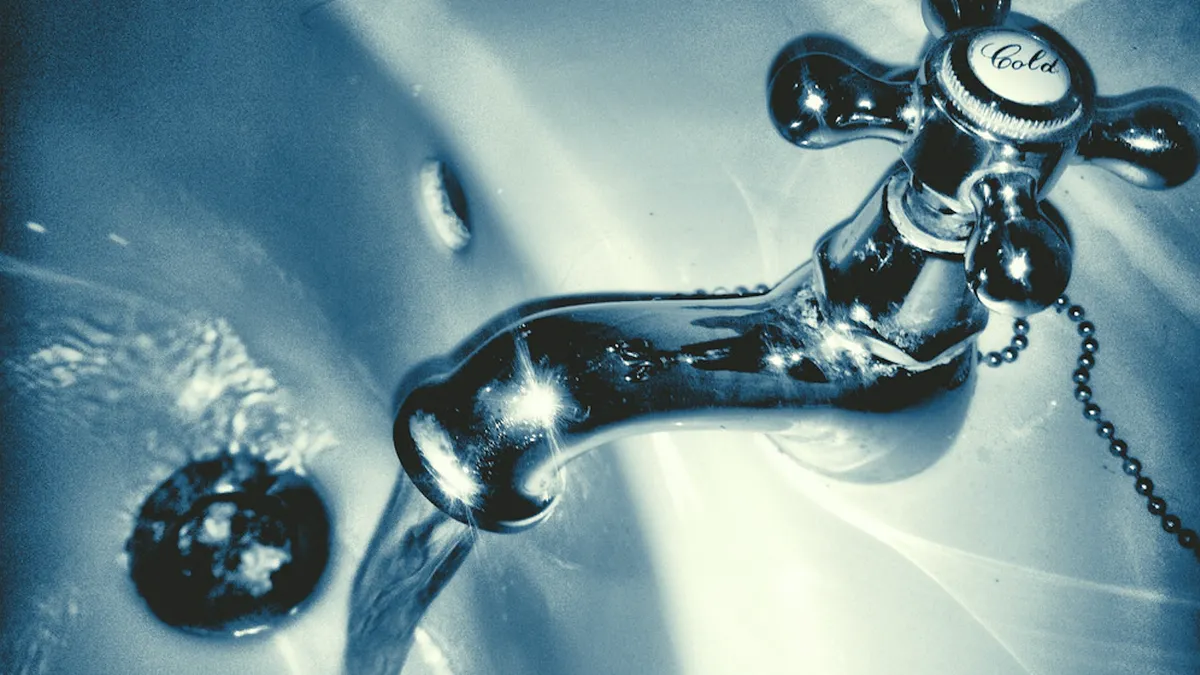Dive Brief:
- A new database from the Environmental Working Group (EWG) documents whether American tap water sources has contaminants that are linked to cancer, brain and nervous system damage, developmental defects, fertility problems or hormone disruption. EWG calls their database the most complete source on the quality of U.S. drinking water, using data from almost 50,000 public water utilities from all 50 states.
- The Tap Water Database lets users enter their zip codes to see what contaminants were found in their water supply and at what levels. Health information is also included.
- Most of the nation's drinking water supplies is considered and graded to be safe by federal and state regulatory bodies. EWG, however, points out that many of the more than 250 contaminants that can be detected from sampling might be legal under the Safe Drinking Water Act (SDWA), but above what scientific studies have found to be safe thresholds.
Dive Insight:
With all the possibilities in becoming a smarter city — automated vehicles, intelligent traffic systems, drones, and the like — it's possible to forget the fundamentals of managing safe and effective infrastructure, including water quality. This EWG report is a wakeup call to remind cities that they need to pay attention to their fundamental infrastructure, not just glitzy technology improvements.
It's especially concerning, considering that the EWG isn't the only group that's found contaminants in tap water this year. The Natural Resources Defense Council (NRDC) found contaminants in all 50 states, for example. Millions in the U.S. get sick each year from drinking contaminated water, according to research out of the University of Arizona. With the growth rate of urban populations continuing to grow at a rate exceeding nationwide population growth, infrastructure in cities is only going to become more important.
Rather than leaving the burden on residents to purchase water filters, smart cities should look strategies and technologies to clean their water and manage their infrastructure. While there's plenty out there about managing water sustainably, there's less discussion about keeping water clean and safe. While smart water meters offer potential for sustainable management, high costs have kept adoption rates low. There's high potential for cities to adopt proactive measures to protect their water supplies and water infrastructures, rather than reactive, cleaning measures — after damage has already been done.











